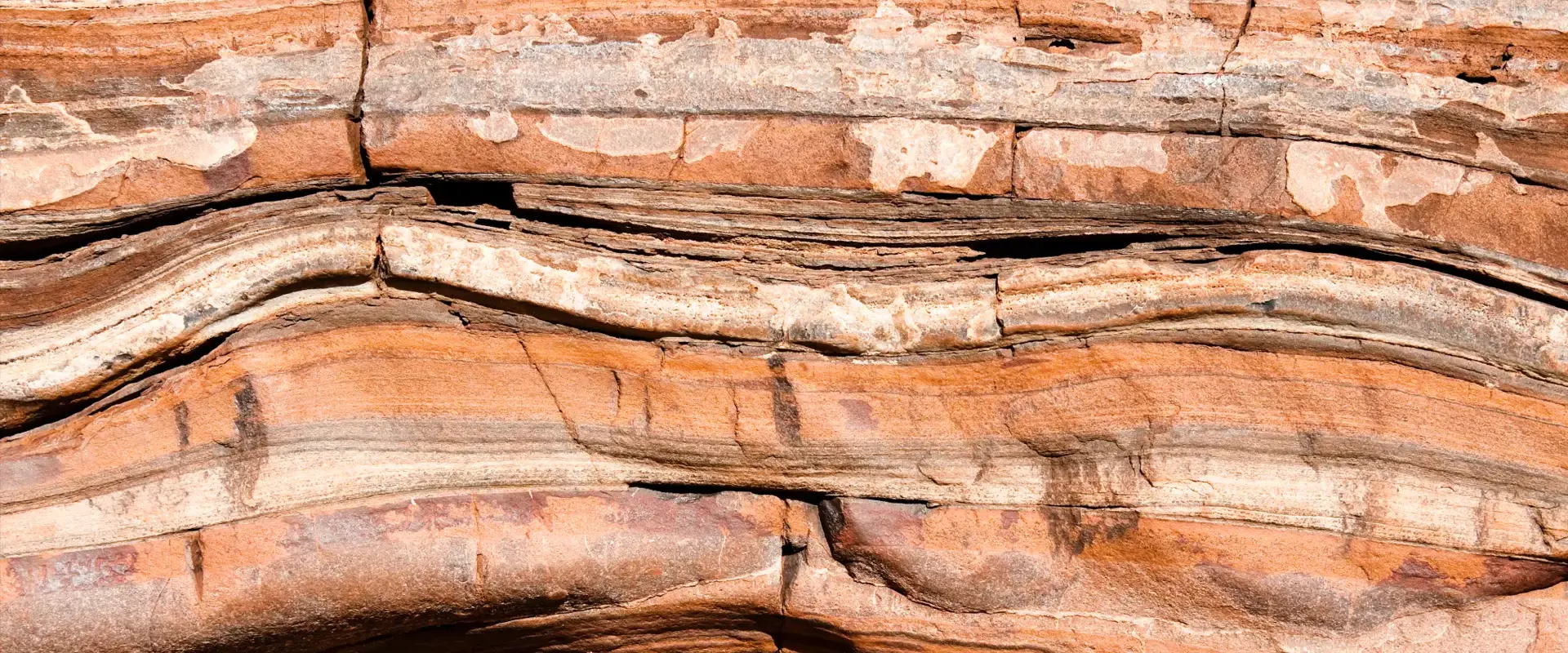
Causeway Coast, Northern Ireland

Giants Causeway: © Sarah Boulton
The Giant’s Causeway and Causeway Coast World Heritage Site was designated by UNESCO in 1986 and is one of very few World Heritage Sites that have been awarded this status for their geological heritage. Most people assume that World Heritage Site designation was awarded to the Giant’s Causeway was because of the world-famous columnar basalts for which the site is best known. However, the story is much more than that and the features of the WHS, in particular the strata exposed in the cliff faces have been key to shaping the understanding of activity in the Earth’s geological history. Specifically from around 60 million years ago at the beginning of the Palaeogene period as a result of the opening of the North Atlantic Ocean.
At the beginning of the Palaeogene period, as the North American Plate moved apart from the Eurasian Plate, crustal stretching and thinning occurred leading to widespread volcanic activity in Northern Ireland and western Scotland. In Northern Ireland, an initial cycle of volcanism lead to the outpouring of lava that resulted in the Lower Basalt Formation, a thick sequence of lavas that covered the exposed Cretaceous limestone landscape. These lava flows covered a significant part of the north-east of the island of Ireland and form the lower part of the Antrim Plateau.
 |
|
| Giant's Causeway: ©Tourism Northern Ireland |
A period of volcanic quiescence at the end of this first cycle is marked by the development of thick laterite beds (clay layers formed by weathering igneous rocks) as the exposed lava flows, now basalt, developed a thick layer of vegetation cover and were subsequently deeply weathered. This period of quiescence was also long enough to allow the formation of extensive river valleys by erosion. This dormant phase was interrupted in north Antrim by the eruption of the Causeway Tholeiite lavas within a block bounded by the Tow Valley Fault to the SE of the Causeway Coast and the Foyle Fault trending down Lough Foyle to the NW. This first flow of this eruptive phase buried the deeply-weathered, or laterized Lower Basalt surface and where river valleys had existed on this landscape the lava was ponded to greater depths than normal. One such valley was at the Giant’s Causeway where the first flow is almost 100m thick due to ponding against the valley sides. The cooling of this thick body of lava led to the formation of a complex set of cooling joints forming spectacular and often very regular columns.
The coastal sections at the Giant’s Causeway and Causeway Coast allow for the general visitor to see both the Lower Basalt Formation and the Causeway Tholeiite Lavas and see the evidence for ancient volcanic activity associated with the diverging tectonic plates of North America and Eurasia some 60 million years ago.
Twinned with: Cascade du Ray, France
The iconic basalt columnar jointing seen at Giant’s Causeway can also be seen at a number of locations around the world. One of the most spectacular settings is the Cascade du Ray-Pic waterfalls in the Ardeche, France where the water falls over a stunning outcrop of basaltic columnar jointing, similar to that seen at Giant’s Causeway, though younger in age...continue reading

Related Links
- Dan McKenzie Archive
- The Rock Cycle
- Plate Tectonics schools website
- Plate Tectonics Glossary
- 100 Great Geosites: Giant's Causeway
- 100 Great Geosites: Staffa
| Back to main stories page > |
Other sites
- Twin: Windward Isles
Cwm Idwal
- Twin: Mount Pinatubo
Sperrin Mountains
- Twin: Sierra Nevada
Southern Uplands
- Twin: Nankai
Ben Arnaboll
- Twin: Glarus Thrust
Outer Isles
- Twin: Tohoku Earthquake
Clogherhead and Shannon
- Twin: Papua New Guinea
Cairngorms
- Twin: New Hampshire Granites
Great Glen Fault
- Twin: North Anatolian Fault
The Lizard
- Twin: Troodos Ophiolite
Yoredales
- Twin: Antarctica
Stanage Edge
- Twin: Ganges Delta
Hartland Quay
- Twin: Zagros Range
Amroth-Saundersfoot-Tenby
- Twin: Salt Range, Pakistan
Vale of Eden
- Twin: East African Rift Valley
Zechstein
- Twin: Sicily
Alderley Edge
- Twin: Navajo Sandstone
Isle of Skye
- Twin: Mount Kilimanjaro
Lulworth Cove
- Twin: Albania
Giant's Causeway
- Twin: Cascade du Ray Pic
